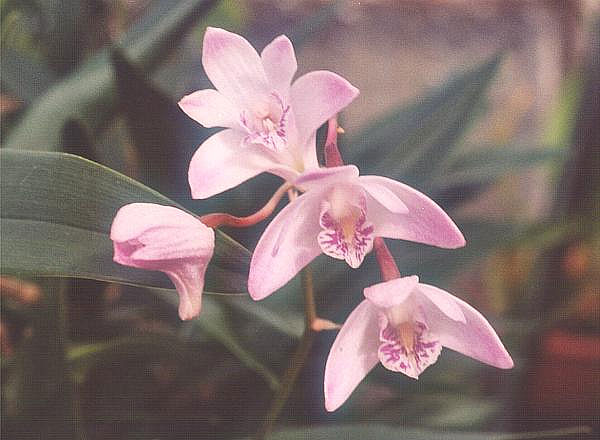8 Dog and Cat Safe Plants to Supercharge the Air You Breathe

It’s winter and we’re spending more time indoors, so I wanted to buy some new plants to liven up my apartment and keep the air fresh. Finding plants that are safe for my cats was a lot more work than I expected! Many common houseplants are toxic to our pets. So, I’m writing this post on how to select plants that are safe for your dogs and cats.
8 Dog and Cat Safe Plants to Supercharge the Air You Breathe
Research from the NASA Clean Air Study and Dr. B.C. Wolverton name certain plants that naturally remove toxic agents such as benzene and formaldehyde from the air. I cross-referenced this data with the ASPCA's (American Society for the Prevention of Cruelty to Animals) database of plants that are non-toxic to dogs and cats to come up with my recommendations:
1. Areca Palm (Dypsis lutescens)
2. Bamboo Palm a.k.a. Parlor Palm (Chamaedorea seifrizii)
Here's my kitty checking out my new purchase
3. Boston Fern (Nephrolepis exaltata 'Bostoniensis')
4. Dendrobium Orchids such as the Pink Rock Orchid (Dendrobium spp.) 
5. Dwarf Date Palm (Phoenix roebelenii)
6. Gerber Daisy (Gerbera jamesonii)
7. Lilyturf (Liriope spicata)
8. Moth Orchids (Phalaenopsis spp.)
Other Dog and Cat Safe Houseplants
While these plants do not purify the air as much as those mentioned earlier, they look great and are pet safe!
Pony Tail Palm
I was able to find this at a home improvement store.
Other Pet Safe plants include: Alyssum, Bachelors Buttons, Blue Echeveria, Burro's Tail or Lamb's Tail, Celosia Plumosa, Christmas Cactus, Cliff Brake, Common Snapdragon, Easter Daisy, Hens and Chickens, Orchids, Pearl Plant and Roses.
The ASPCA suggests that even if plants are non-toxic, you should not allow your pets to chew on them, because they may cause some mild illnesses.
A Note on Spider Plants
The ASPCA lists Spider Plants as non-toxic for both dogs and cats. But, the Spider Plant attracts cats in part because it is mildly hallucinogenic. Because cats are more likely to play with the plant, they’re more likely to eat it and, therefore, suffer from an upset stomach, vomiting, or diarrhea. So, I recommend that you avoid Spider Plants if you have a cat. 
Danger Zone: Plants Toxic to Dogs and Cats
You might be surprised to learn that common plants such as Aloe Vera, Azalea/Rhododendron, Baby’s Breath, Begonia, Chrysanthemum/Daisy, English Ivy, Lily of the Valley, and Tulips are toxic to dogs and cats. Furthermore, Lilies are toxic to cats (not dogs). The ASPCA provides a list of the 17 most common household plants that are toxic to pets and UC Davis School of Veterinary Medicine provides a list of plants most responsible for their vet visits.

Clockwise From Left: Lily of the Valley, Chrysanthemum/Daisy, Tulips, and English Ivy.
What to do if your pet eats a toxic plant
If you suspect your pet has ingested something poisonous, contact your veterinarian or the Animal Poison Control Center 24-hour hotline at (888) 426-4435.
I hope you liked the post. Learn more at the LINKS-IT blog.




I had a ponytail palm once. My cat loved it. It did not last long, and it did make him throw up.
It may not be toxic, but it breaks off in long stringy pieces that would get caught in his throat and make him gag. So it didn’t poison him, but I think pet owners should still be wary of this one.
Hi Kate- Thanks for your note. We researched further, and lucky bamboo is a tricky one, so we’ve removed it from our list to be safe.
“Lucky bamboo” is toxic to cats. I can’t tell if that is the type of “bamboo” you purchased, but if so it is definitely not safe for cats. It is actually not a bamboo at all but as it grows you can see that it is dracaena. , a type of palm.